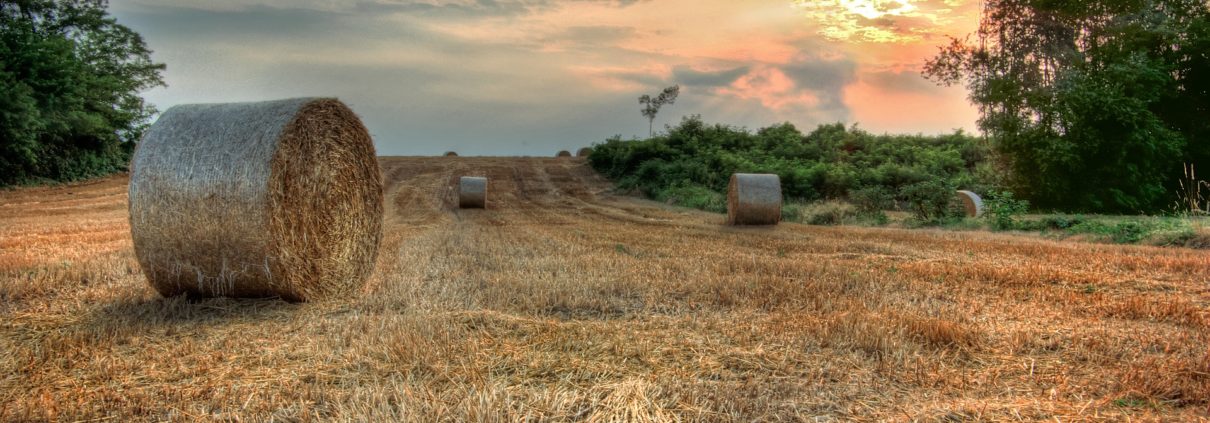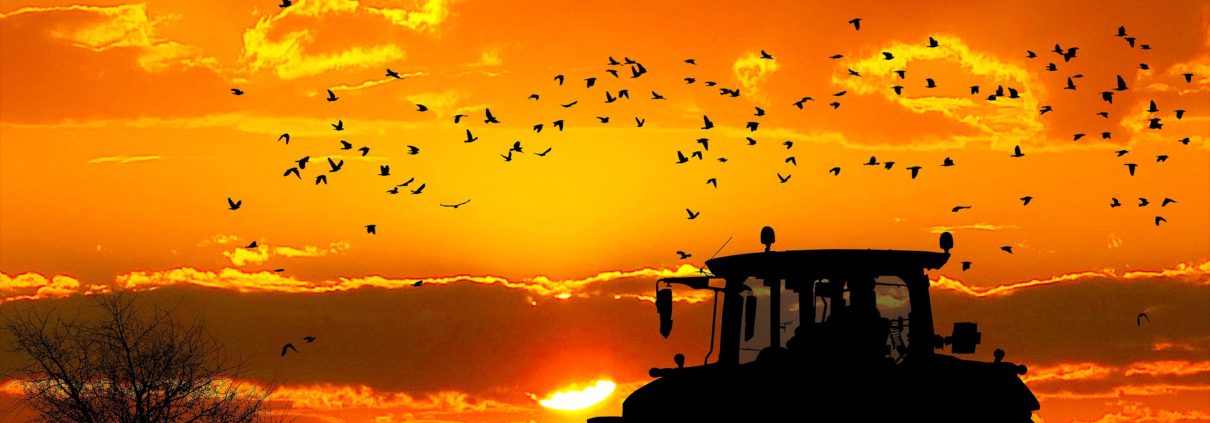Although it might be tempting to use your land to cultivate hay, not all land is equally suitable for hay production. As such, it is vital to consider the multitude of factors that dictate whether hay production is economically viable.
Useful information and great tips for hay management, hay saving from feeding your livestock of cows, cattle, horses and sheep using round bale hay feeders.
Currently, the alfalfa market is controlled by a few very prolific producers. This is a somewhat recent trend, as the number of suppliers has fallen precipitously over the past few decades. As with any development in the alfalfa market, there are both pros and cons associated with this trend.
One might be inclined to think use the terms “hay” or “straw” interchangeably, but they are actually quite different. In fact, many of the things that people think of as being hay, like the material you sit in during a hayride, are actually straw.
There are times when fresh forage inventories are threatened. During these times, it pays to have a supply of fermented and preserved feeds. While fermented feeds can take a lot of work to produce, they are well worth the effort.
To reduce waste and shorten the amount of time to harvest, you may want to consider making your own baleage. When done correctly, this process can cost-effectively increase the quality of feed. Before you dive in, however, it is essential to understand the steps required to make quality baleage.
Everyone knows that livestock feed shouldn’t be moldy, old or otherwise low-quality hay. What everyone may not know, however, is that feeding livestock the highest quality hay at all times isn’t necessary. In fact, in many cases doing so doesn’t make sense.
Although it fell out of favor years ago, hay tedding is making a comeback on many farms. So, what is hay tedding and why is it enjoying a resurgence after so many years?









